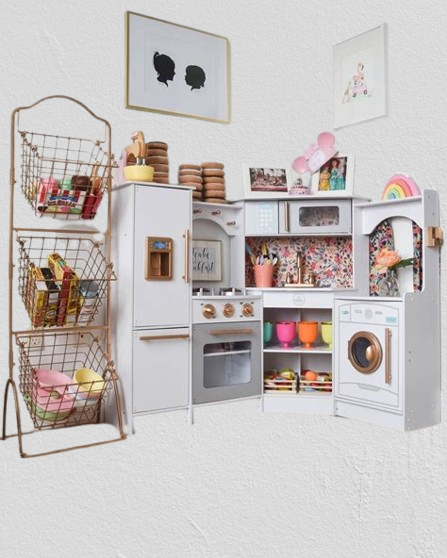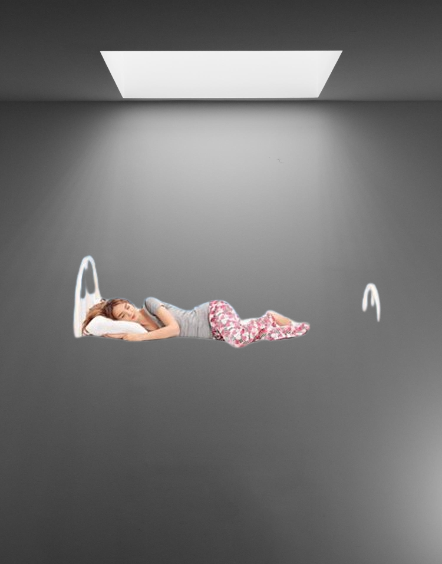Shared spaces within a household refer to areas commonly used by multiple family members, such as living rooms, kitchens, bathrooms, and shared hallways. These spaces serve as vital hubs for family interaction, leisure, and daily activities, making effective organization critically important. However, maintaining order in these areas can often pose challenges, especially in households with diverse schedules, preferences, and habits.
One of the primary challenges families face in organizing shared spaces is differing opinions about cleanliness and order. Each family member may have unique standards of organization, leading to potential conflicts. For instance, what one person perceives as clutter might be seen as a comfortable setup by another. Furthermore, the constant usage of shared spaces, combined with varying levels of commitment to cleaning and organizing, can result in chaos. This disorganization can frustrate individuals, making it crucial to foster communication and mutual respect among family members.
Moreover, the need for effective organization extends beyond just keeping shared spaces tidy; it also enhances the overall functionality and harmony within the home. When shared areas are thoughtfully organized, family members can navigate these spaces more easily, reducing stress and promoting positive interactions. Establishing designated zones, implementing storage solutions, and maintaining an open dialogue about preferences can significantly improve the atmosphere in shared spaces.
Creating a cooperative environment where everyone feels valued is essential. Encouraging family members to express their needs and preferences regarding shared spaces can lead to collaborative solutions that benefit everyone. By prioritizing open communication and understanding, families can work together to address the challenges of shared spaces, resulting in a more organized and enjoyable living environment.
Establishing Clear Zones: Designing Functional Areas

Creating designated zones within shared spaces is essential for enhancing functionality and minimizing clutter in family environments. By defining specific areas for various activities, families can create a more organized and efficient home, ensuring that each member has a dedicated space for their needs. One effective method to delineate these zones is through strategic furniture placement. For instance, placing a cozy chair and lamp in one corner can establish a reading nook, while a small table with chairs can serve as a homework corner in the kitchen.
In addition to furniture, decorative screens can be employed to visually separate areas without requiring permanent structural changes. These screens can be particularly useful in multifunctional spaces, providing a sense of privacy where needed. For example, a fabric divider can easily distinguish a play area from a relaxation zone, helping to maintain order and focus. Utilizing these methods not only saves space but also allows for smoother transitions between different activities.
Furthermore, color can play a significant role in establishing zones. Using different paint colors or wallpaper patterns can effectively signal transitions between spaces. This approach not only enhances the aesthetic appeal of a room but also helps family members intuitively understand the purpose of each area. Warm colors can promote comfort in relaxation zones, while cooler tones may foster concentration in homework areas.
It is also crucial to involve all family members in the design process to ensure everyone’s needs and preferences are considered. Engaging in discussions about how each individual envisions their space fosters a sense of ownership and acceptance of the shared areas. Collaboration helps tailor the zones to accommodate various activities, ultimately leading to a harmonious living environment where family members can thrive.
Creating a Family Organization System

Establishing a family organization system is essential for managing shared spaces effectively. One of the primary components of this system is the use of shared calendars, which can help everyone stay informed about schedules, appointments, and important events. These calendars can be physical, displayed prominently in a common area, or digital, utilizing apps that sync across family members’ devices. A shared calendar allows each family member to contribute significant dates, making it a central hub of information that is easily accessible.
In addition to calendars, chore assignments can also play a crucial role in organizing shared spaces. Designating specific tasks to each family member not only helps maintain cleanliness but also fosters accountability. A chore chart can be created to outline who is responsible for what and when. With each person knowing their duties, conflicts regarding responsibilities can be significantly reduced. Regular discussion during family meetings can ensure that the assignment of chores remains fair and accommodating to everyone’s schedules. This inclusive approach empowers family members to voice opinions and adjust responsibilities as needed, promoting a sense of ownership over shared spaces.
A communal bulletin board can further enhance the organizational framework. This space can serve as a place for important notices, reminders, and even motivational quotes. Such a board enables family members to quickly check for pertinent information without needing to rely solely on electronic devices. Incorporating technology can also enhance organization; numerous apps are available that help manage tasks, foster communication, and streamline family schedules. These tools can be particularly beneficial in larger households, where coordination might be more complex.
Overall, by implementing a systematic approach to family organization, individuals can work together more effectively while respecting shared spaces. Regularly engaging in discussions about the organization will reinforce these strategies, allowing families to adapt and evolve their systems as needed.
Maintaining Shared Spaces: Tips for Lasting Harmony
Maintaining organization in shared spaces is crucial for fostering a harmonious living environment among family members. One effective strategy is establishing a routine cleaning schedule that includes all household members. This shared commitment not only distributes the responsibility evenly but also instills a sense of accountability. Each family member should know their specific duties, which can be outlined on a shared calendar or chore chart. Regular check-ins can enhance this system, allowing for adjustments as needed.
In addition to maintaining cleanliness, scheduling regular decluttering sessions is an excellent way to manage shared spaces. These sessions can be set monthly or quarterly and should involve all family members. During these gatherings, everyone can assess possessions and decide what to keep, donate, or discard. This practice not only keeps shared areas tidy but also encourages open communication about personal needs and preferences, promoting understanding and cooperation among family members.
Another essential aspect of maintaining shared spaces is setting boundaries for personal items. Family members should have designated areas for their belongings, ensuring that communal areas remain accessible and tidy. Discussing these boundaries openly can minimize conflicts, as everyone knows which items can be kept in shared spaces and which should be stored privately. This approach respects individual preferences while keeping common areas functional.
As family dynamics inevitably change, it is vital to remain adaptable. Regularly revisiting and revising rules and responsibilities ensures that everyone feels included and valued. When family members actively engage in maintaining their environment and supporting one another, they foster stronger relationships. In conclusion, a well-organized shared space not only enhances physical surroundings but also promotes an atmosphere of respect and understanding among family members, contributing to lasting harmony within the home.




[…] well-organized home environment can significantly enhance sleep quality. One primary area to focus on is the […]